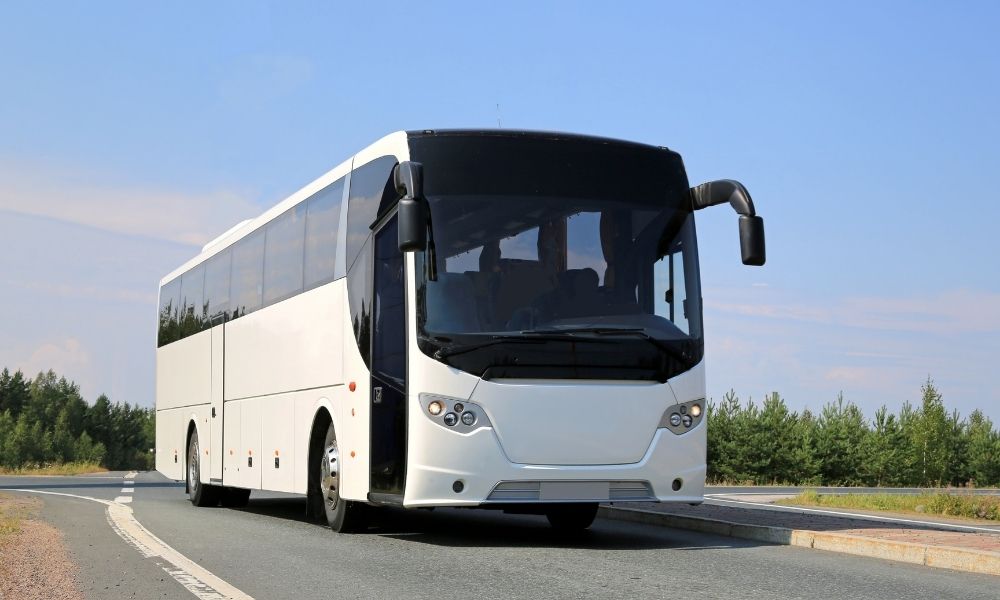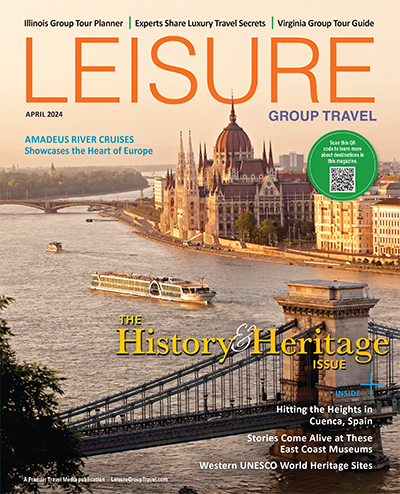The motorcoach transportation remains a very safe mode of transportation, and recent statistics continue to support this claim. According to the Federal Motor Carrier Safety Administration, in 2019, the overall fatality rate for large trucks and buses was 0.89 per 100 million vehicle miles traveled, which is significantly lower than the fatality rate for passenger cars, which was 1.11 per 100 million vehicle miles traveled.
Additionally, motorcoach buses are subject to rigorous safety standards and regulations. The National Highway Traffic Safety Administration (NHTSA) sets safety standards for motorcoaches that cover everything from the design and construction of the vehicle to the safety equipment it must have on board. These standards help ensure that motorcoach buses are equipped with the latest safety features, including advanced braking systems, electronic stability control and seat belts.
Moreover, motorcoach companies have trained and certified drivers who have to follow strict safety guidelines. Drivers must adhere to federal and state regulations governing hours of service, driver qualifications, and drug and alcohol testing. They also must receive regular training in defensive driving techniques and other safety practices.
Here are 9 tips for safe motorcoach travel:
- Try not to book departures too early in the morning. Keep in mind that a driver must wake up 2-3 hours earlier than your departure time to allocate time to get ready, get to the garage, do the mandatory safety inspection and drive to your starting point. A 5 AM departure time might mean the driver isn’t fully rested.
- Read this advice about chartering busses for overnight motorcoach trips, especially if you have not planned them before. They come with a whole host of regulations for driver hour of service.
- Inquire about a bus company’s insurance, asking specifically if the company carries a minimum of $5M of insurance. Any company who carries $10-$100M indicates an operator who has large volume and expertise dealing with professional organizations.
- Ask to be added as a certificate holder on the carriers Certificate of Liability.
- Watch hours of service. The federal government has set maximum driving hours for a reason. As planners, do not design itineraries that are close to the legal driving hours. Keep in mind that there might be traffic, food stops and that tour directors often try to include additional elements to your itinerary.
- Educate yourself. With 3,500 mortocoach coach companies in North America, not all companies are equal. Visit the Federal Motor Carriers Safety Administration site to see bus safety profiles and insurance records.
- If the bus company is local, take the time to visit their garages and you will learn a lot. We trust the DOT experts for the vehicle inspections, but as travel experts, we need to make the effort to visit their facilities. If we take the time to do hotel site inspections, as an industry, we should also do garage inspections.
- Some Operators specialize in certain type of work for their vehicles and drivers. Make sure it matches your needs. For example, a limo company specializing in party buses and casino trips, is not the ideal supplier for an over the road coach tour.
- The most important advice is to stop once and for all basing your decision purely on price. This is not a commodity. Coach companies that charge more, usually pay their drivers more, have newer vehicles, carry more insurance, do their own maintenance and invest more in driver training and uphold industry leading safety standards. An extra $1-$2 per person can make a big difference.
Manufactures are also doing their part. For example, Prevost offers the following safety features on their new coaches to assist the drivers.
- Following Distance Alert – Reminds the driver to keep a safe following distance by indicating when the coach is following too closely to the vehicle ahead.
- Adaptive Cruise – When cruise control is on, AWARE automatically adjusts the cruise speed of the coach to maintain a safe following distance, taking into consideration the position of the vehicle ahead.
- Impact Alert – This feature will alert the driver if the distance between coach and vehicle ahead closes too quickly, giving the driver an opportunity to take action.
These additional safety add-ons on motorcoaches obviously have a cost. As an industry, we need to be prepared to pay more for these benefits. With the cost of fuel going up, and the cost of new high tech motorcoaches reaching $650,000, we need to be ready to allocate more to the transportation component of our tours. If we were willing to pay more for air conditioning on a coach, of if we’re willing to pay more for comforters and plush pillows at a hotel, we need to be willing to pay more for safety and comfort of our guests.
There’s a lot riding on it.







